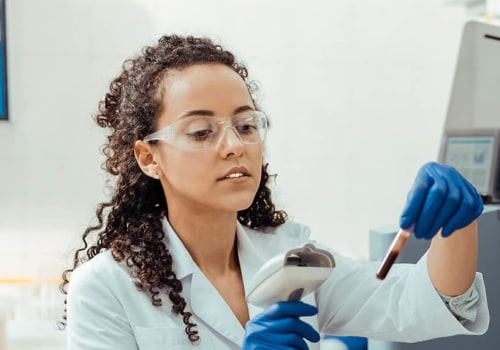The World Health Organization (WHO) has established four biosafety levels (BSLs) to classify the risk associated with different types of biological agents. BSL-2 is the second-highest level of biosafety and is designed to protect personnel from exposure to hazardous biological agents. It requires the use of special safety equipment, such as personal protective equipment (PPE), and specific laboratory practices and techniques to minimize the risk of exposure.
BSL-2 laboratories must have a designated area for handling hazardous materials, such as a biosafety cabinet or other containment device. The laboratory must also be equipped with an emergency shower and eyewash station, as well as appropriate decontamination equipment. In addition, personnel must be trained in proper laboratory safety procedures and must wear appropriate PPE when working with hazardous materials.
BSL-2 laboratories are used for a variety of research activities, including the study of infectious diseases, genetic engineering, and biotechnology. They are also used for diagnostic testing of clinical specimens and for the production of vaccines and other biological products. BSL-2 laboratories are found in hospitals, universities, research institutes, and other organizations that work with hazardous biological agents.
The use of BSL-2 safety protocols is essential for protecting personnel from exposure to hazardous biological agents. It is important to ensure that all personnel working in a BSL-2 laboratory are properly trained in laboratory safety procedures and that all safety equipment is in good working order. By following these safety protocols, personnel can work safely and effectively in a BSL-2 laboratory.








